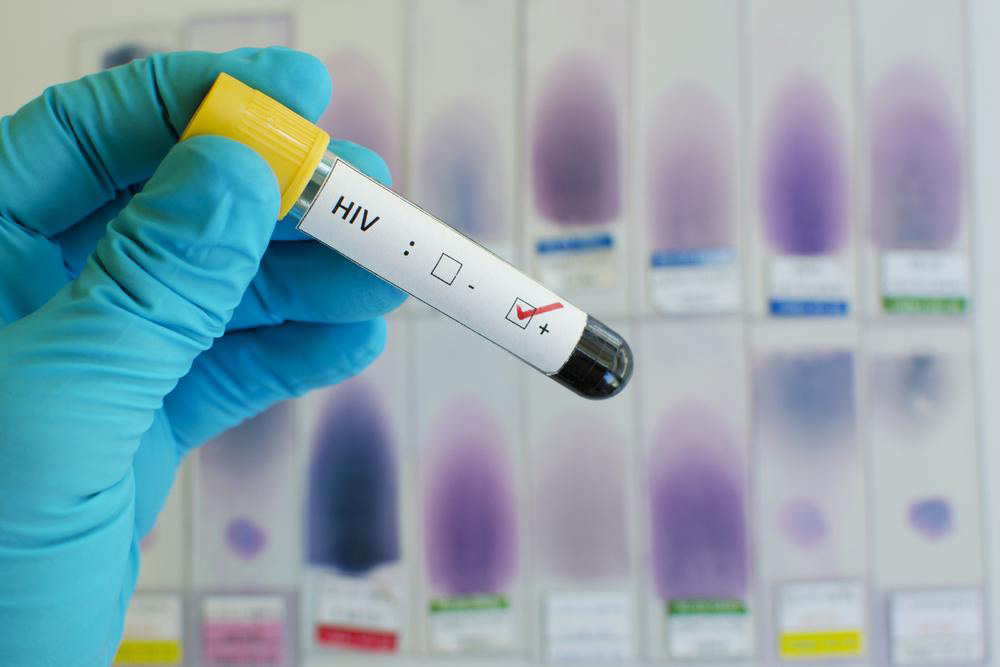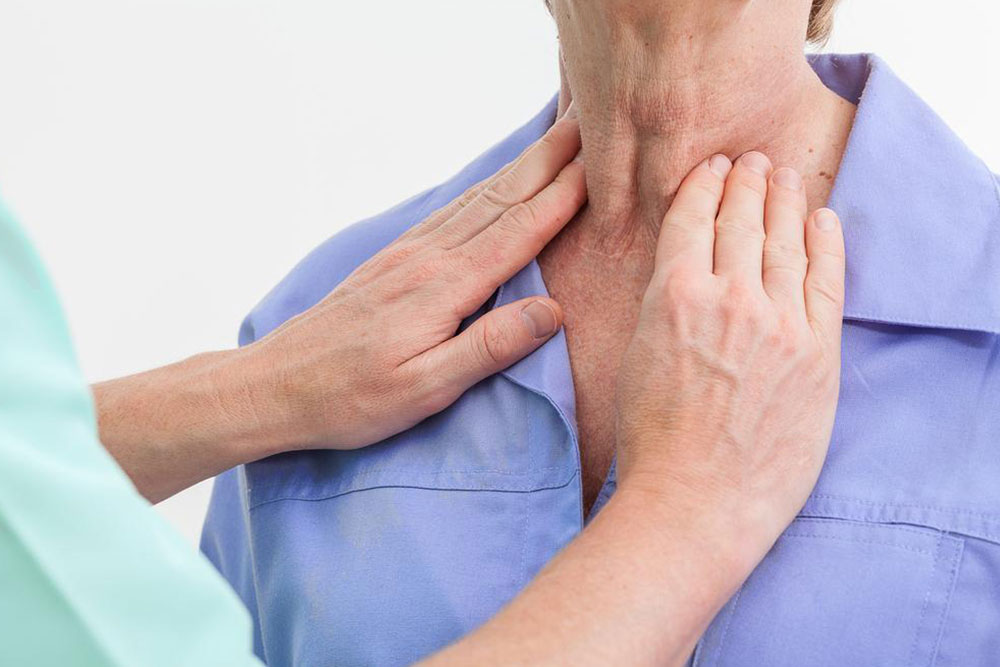Comprehensive Guide to HIV Testing and Early Detection
This comprehensive guide outlines the importance of early HIV detection, available testing locations, and methods such as blood tests, rapid tests, and home kits. Regular testing is vital for at-risk populations to ensure timely diagnosis and treatment, ultimately saving lives.

Comprehensive Guide to HIV Testing and Early Detection
Identifying HIV in its early stages can be difficult since symptoms often go unnoticed for years. By the time signs appear, the infection might have progressed significantly. Regular testing is essential, especially for individuals engaging in unprotected sex, needle sharing, or with new or unknown partners. Testing is quick, safe, and critical for health. If you fall into these groups, scheduling an HIV test ensures peace of mind and health safety.
Where to get tested?
Many hesitate but testing is simple—visit any healthcare facility or clinic. HIV testing is routine and free from stigma.
Testing locations include sexual health clinics, general practitioner offices, private clinics, contraception centers, and prenatal care centers.
Available HIV Testing Methods
Various options exist, each with unique benefits.
Blood test: Drawn blood is analyzed in a lab, with results typically within a couple of days.
Rapid test: This on-site test uses a saliva or finger-prick blood sample, providing results within minutes.
Home-sampling kits: Prefer testing at home? Order a kit, collect your sample, and send it to a lab. Results are provided via phone or mail.
Self-testing kits: Conduct the test at home and get immediate results. Use only trusted, certified kits from licensed providers for accuracy.
The blood test remains the most accurate, capable of detecting HIV as early as one month post-exposure. A positive result warrants confirmatory testing and consultation to start treatment quickly.


